The 1970 Oldsmobile Toronado GT is one of those rare cars that never quite fit a category—and didn’t care to. It wasn’t a muscle car in the traditional sense, but it packed a 400-horsepower 455 V8, front-wheel drive, and a chassis tuned for high-speed cruising. It didn’t shout about performance—it just had it.
Built for highway dominance and dressed like a gentleman’s coupe, the GT was a one-year-only package that quietly offered serious power. While others chased strip times and spoilers, the Toronado GT handled business with a straight face and 500 lb-ft of torque.
Rare, Then and Now
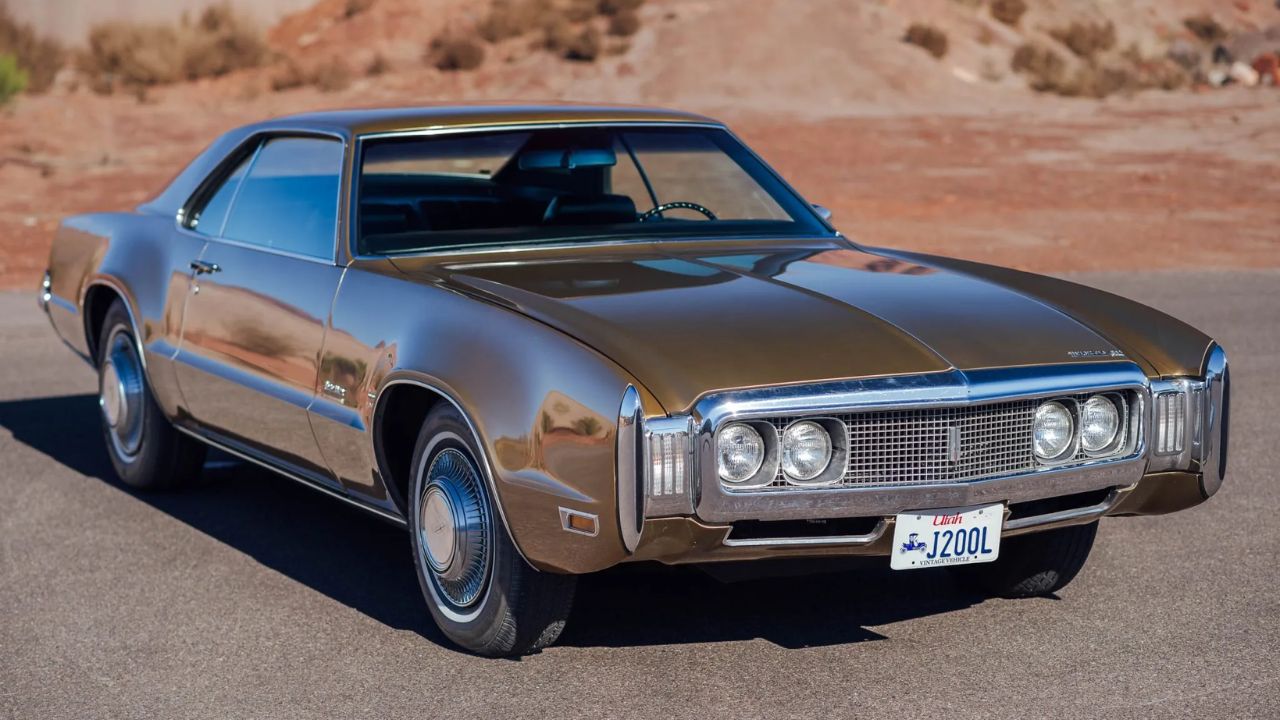
Exact production numbers for the GT package are difficult to confirm, but estimates suggest only a small percentage of 1970 Toronados were ordered with the option. It wasn’t heavily advertised and flew under the radar at dealerships.
That makes surviving examples today incredibly rare—especially ones that haven’t been converted or parted out. Most people didn’t know what the GT was in 1970, and even fewer recognize it now. For collectors, that makes it a compelling piece of muscle-era oddity.
The 455 GT V8 Wasn’t Just for Bragging
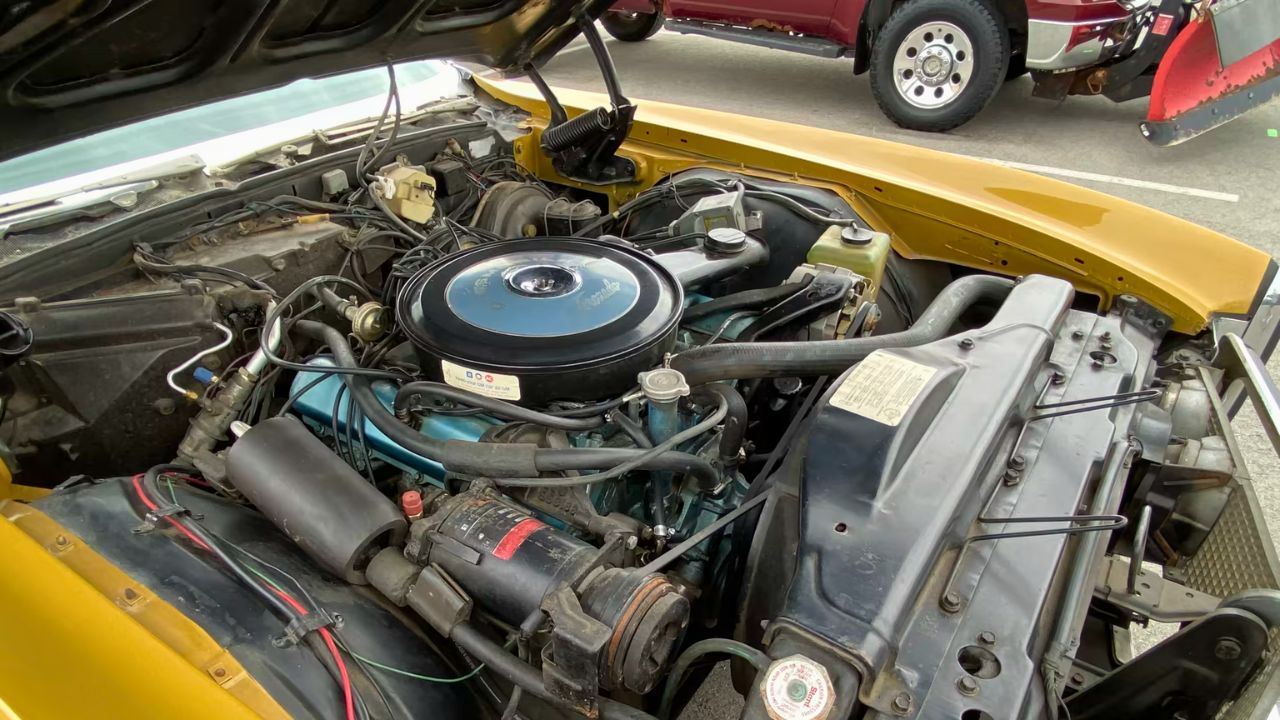
Under the hood of the Toronado GT sat Oldsmobile’s 455-cubic-inch Rocket V8, tuned to deliver 400 hp and 500 lb-ft of torque. While those numbers were SAE gross, the performance was still impressive for a front-wheel-drive car in 1970.
The GT version used dual exhausts and a more aggressive cam profile. It wasn’t about quarter-mile sprints—it was about passing power at 70 mph and confidence at triple-digit speeds. Olds knew its buyers weren’t racing stoplight to stoplight—they were eating up highway miles.
Torque Monster Meets Front-Wheel Drive
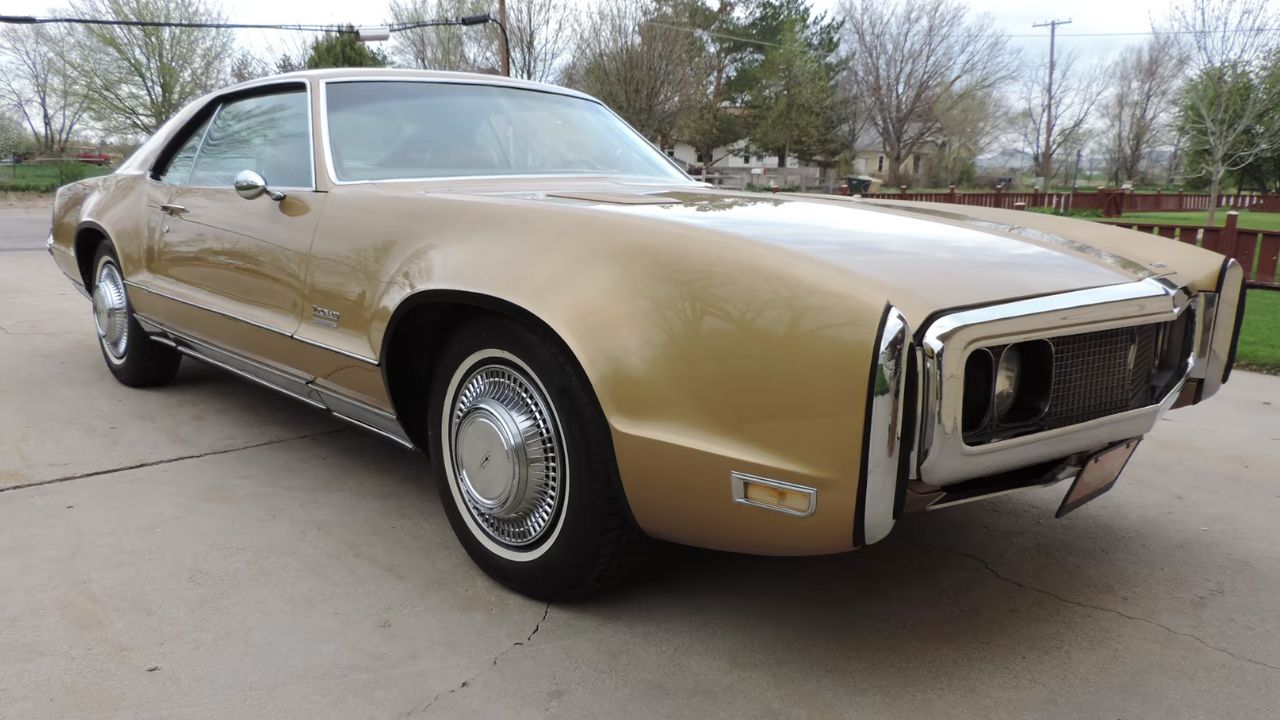
The Toronado was still one of the few American cars with front-wheel drive in 1970. To handle the GT’s massive torque, Oldsmobile used a unique setup: an engine mounted over of the front wheels, connected to a TH425 transmission turned sideways to fit in the engine bay.
This layout gave the car excellent traction and allowed for a flat floor inside. Torque steer was present but surprisingly manageable for a 400-hp car driving the front wheels. It was odd, but it worked—and it gave the GT a driving feel unlike anything else in its class.
A Subtle Look That Hid Its Intentions
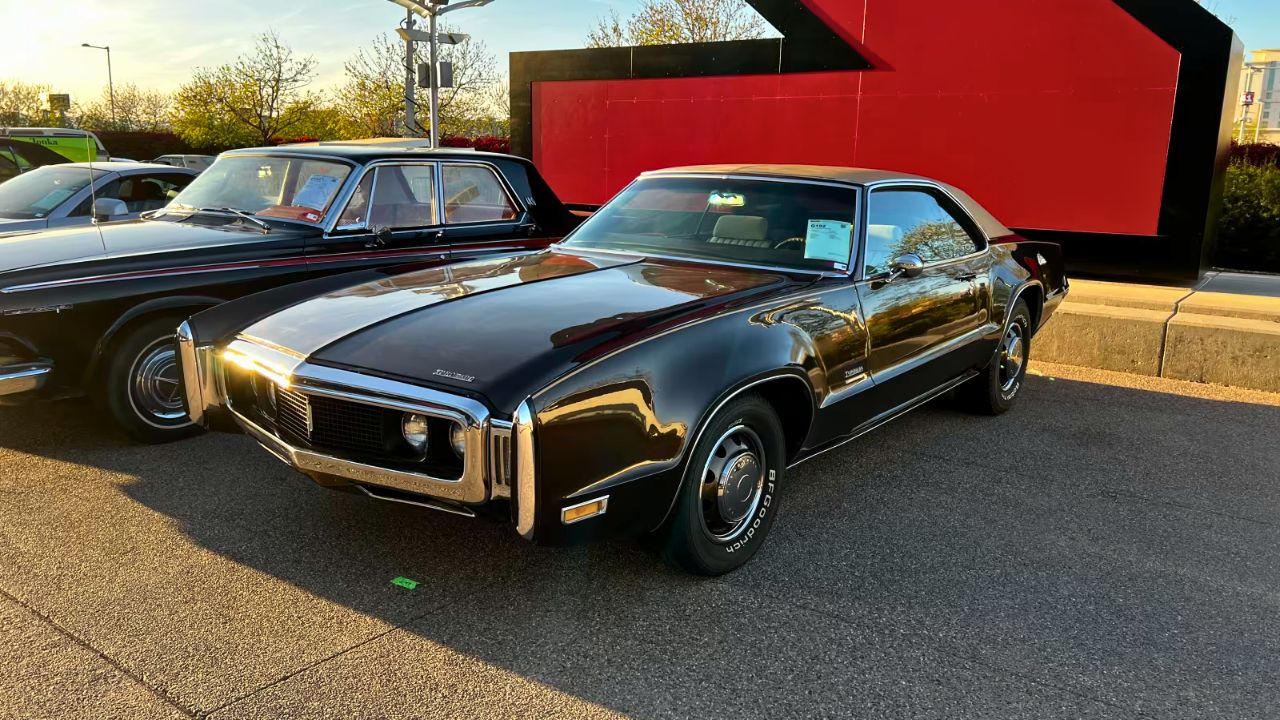
The GT package didn’t scream for attention. There were no wild graphics or scoops. Instead, it featured slightly revised badging, dual exhaust outlets, and GT emblems that were easy to miss unless you knew what you were looking for.
The restrained styling worked in its favor. While other big coupes leaned hard into flashy trim, the Toronado GT stayed composed. It appealed to drivers who wanted speed and road presence without turning every parking lot into a car show.
Ride and Handling: Surprisingly Sharp
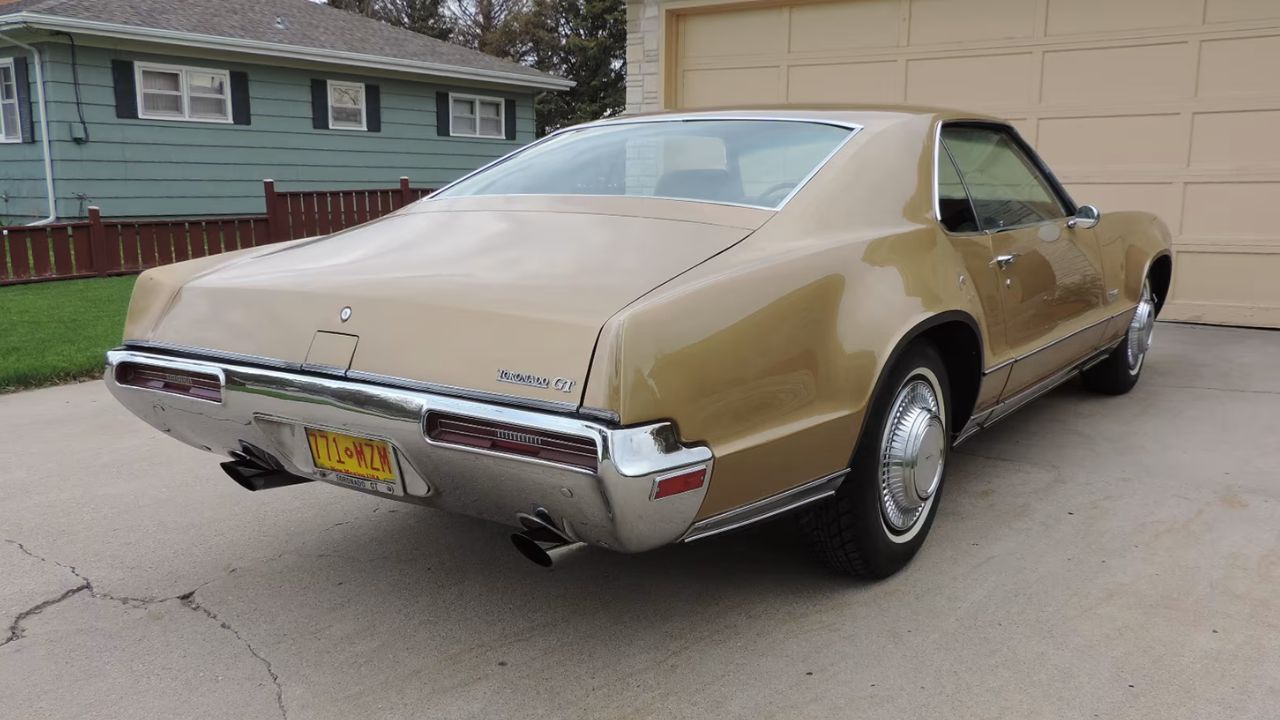
While the regular Toronado emphasized cushy cruising, the GT came with stiffer springs, firmer shocks, and upgraded stabilizer bars. This improved body control without sacrificing too much ride quality—important when your curb weight is pushing 5,000 pounds.
The result was a big coupe that handled better than most expected. It wasn’t going to carve corners like a GTO or 442, but on long sweepers and high-speed highway stretches, the GT stayed planted and predictable. It was a true interstate bruiser.
Interior Luxury With Muscle Intentions

Inside, the Toronado GT kept things plush. You still got deep bucket seats, thick carpeting, and a wraparound dashboard filled with gauges. But buyers could also spec a console-mounted shifter and full instrumentation—features that hinted at the car’s performance edge.
Oldsmobile didn’t strip down the GT. This was performance wrapped in comfort, meant for buyers who wanted torque without giving up leather and power everything. It walked a line between muscle and personal luxury in a way few cars could manage.
The Last High-Performance Toronado
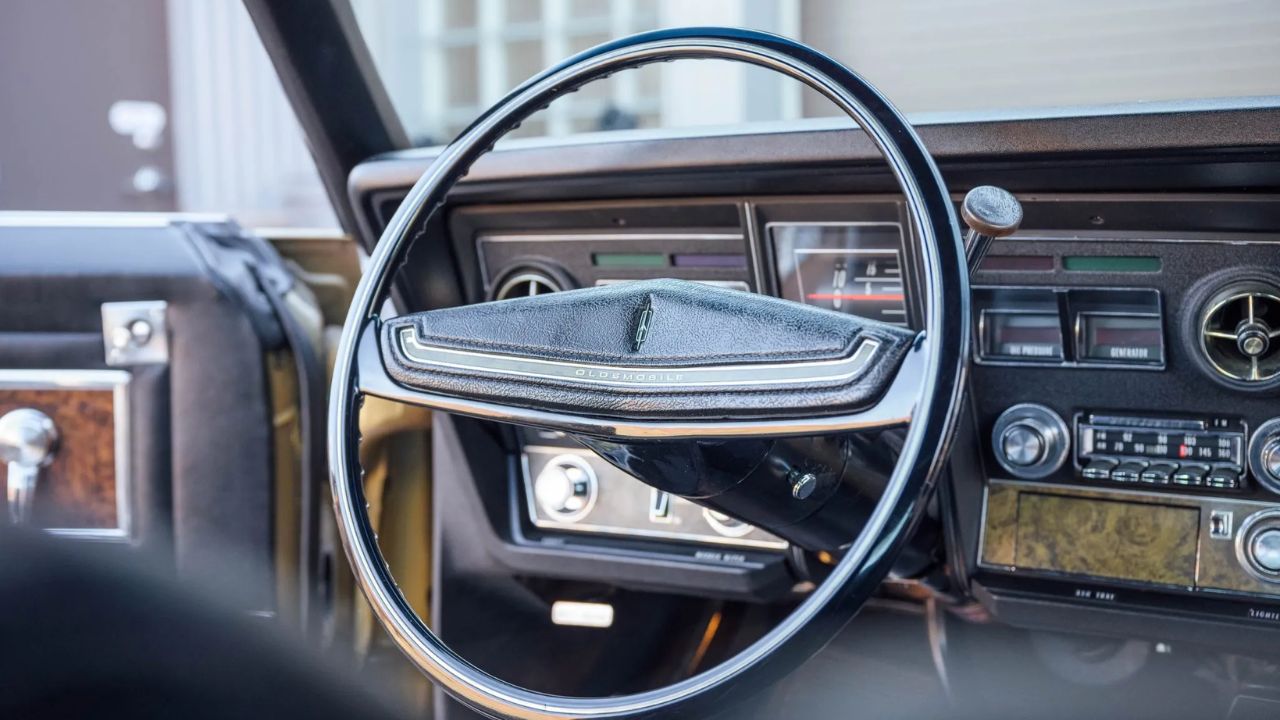
The 1970 GT marked the high-water mark for Toronado performance. By 1971, compression dropped to meet emissions regulations, and horsepower took a hit. Styling grew bulkier, and the focus shifted firmly back toward luxury.
While later Toronados had their merits, none matched the GT’s blend of size, power, and subtle aggression. It was a one-year window where Olds got the formula just right—and then quickly moved on. That alone makes the GT worth remembering.
Not a Muscle Car, But Still a Threat
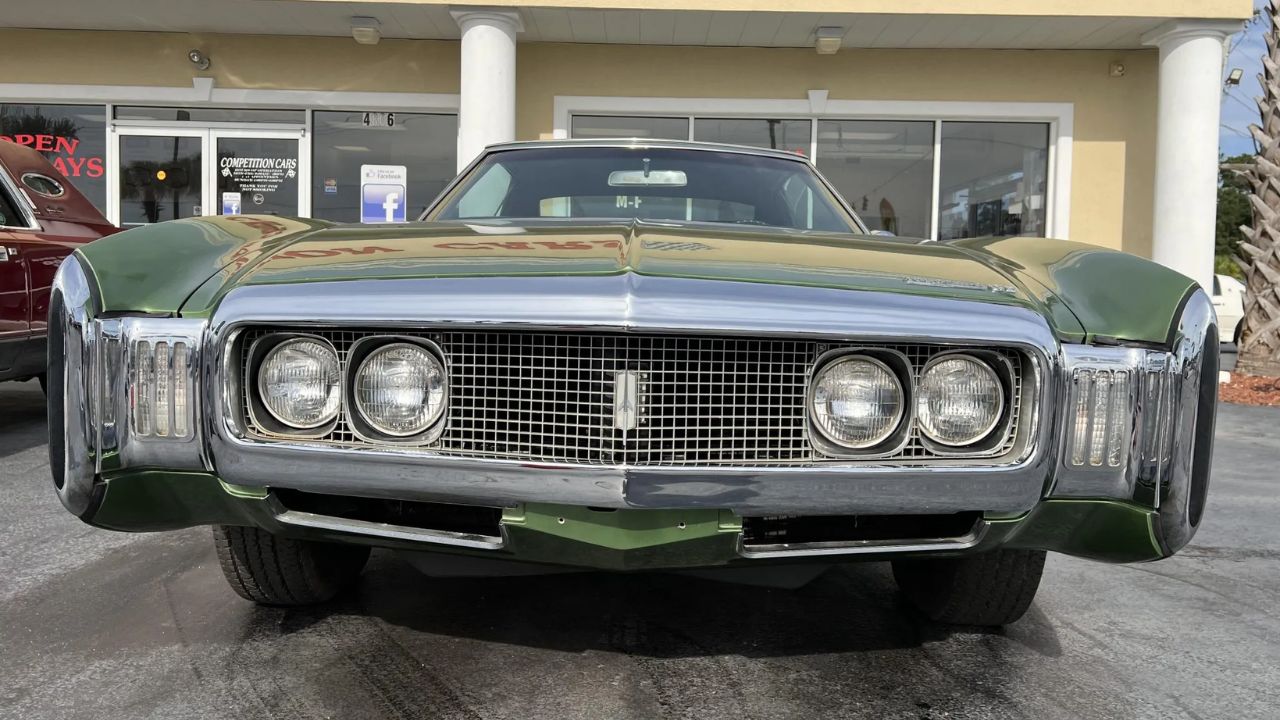
You won’t find many Toronado GTs at drag strips or on “muscle car” lists—but maybe you should. Its 500 lb-ft of torque was more than most street cars at the time, and in a roll-on scenario, it could surprise just about anything on the road.
It wasn’t built for street racing or magazine covers. The GT was built for cross-country domination, able to cruise all day at high speeds with barely a twitch from the throttle. It might’ve looked like a banker’s coupe, but it could move like a bruiser.
A Hidden Classic for the Right Kind of Collector
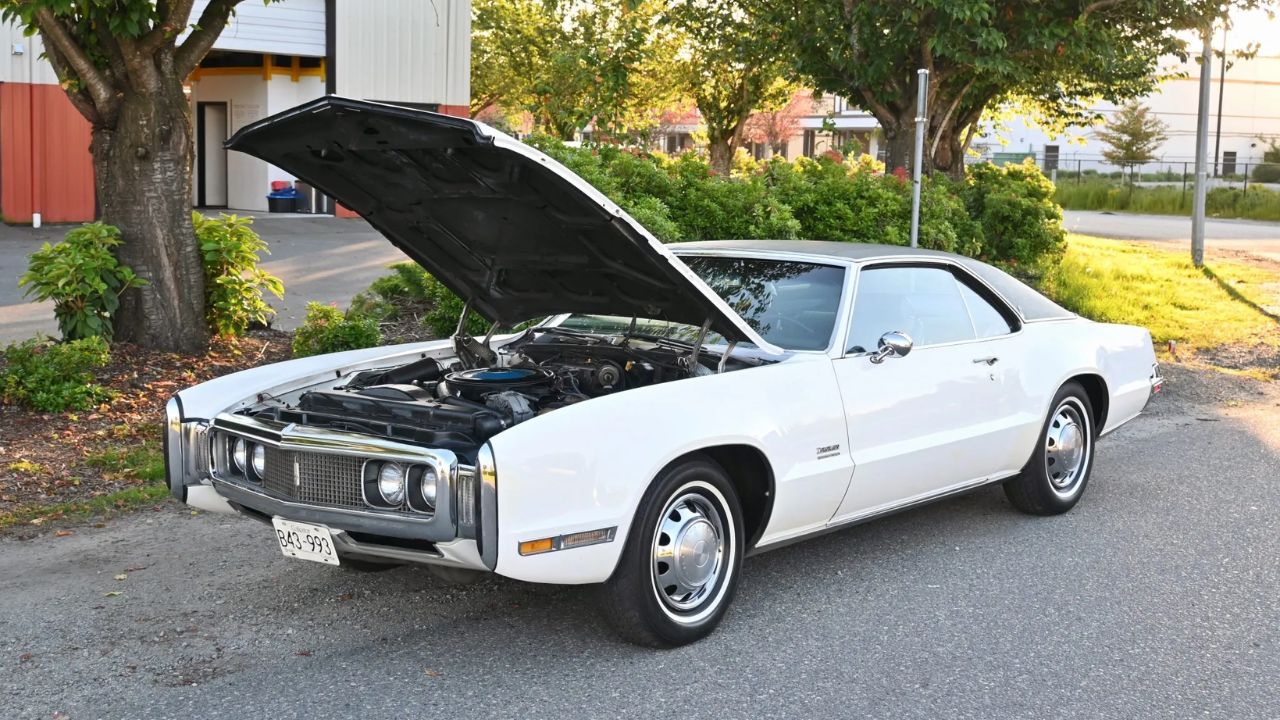
The Toronado GT is a car for people who appreciate engineering that doesn’t shout. It doesn’t have the legacy of a Chevelle SS or the auction buzz of a HEMI car, but it offers something different: brute torque, front-drive weirdness, and comfort that still holds up.
For collectors who value rarity, performance, and an underdog story, the GT checks all the boxes. It’s not mainstream, and that’s what makes it interesting. It’s a 1970s heavyweight with muscle under the hood and manners on the road.
Like what you read? Here’s more by us:
*Created with AI assistance and editor review.

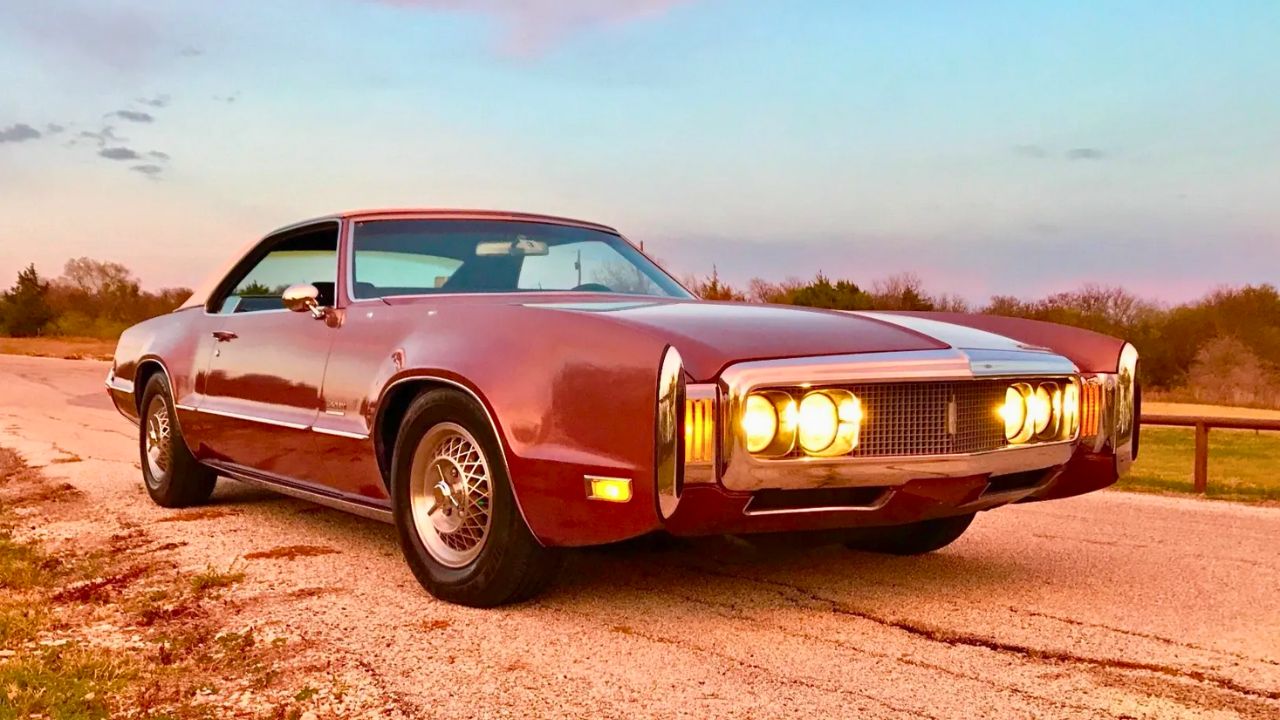

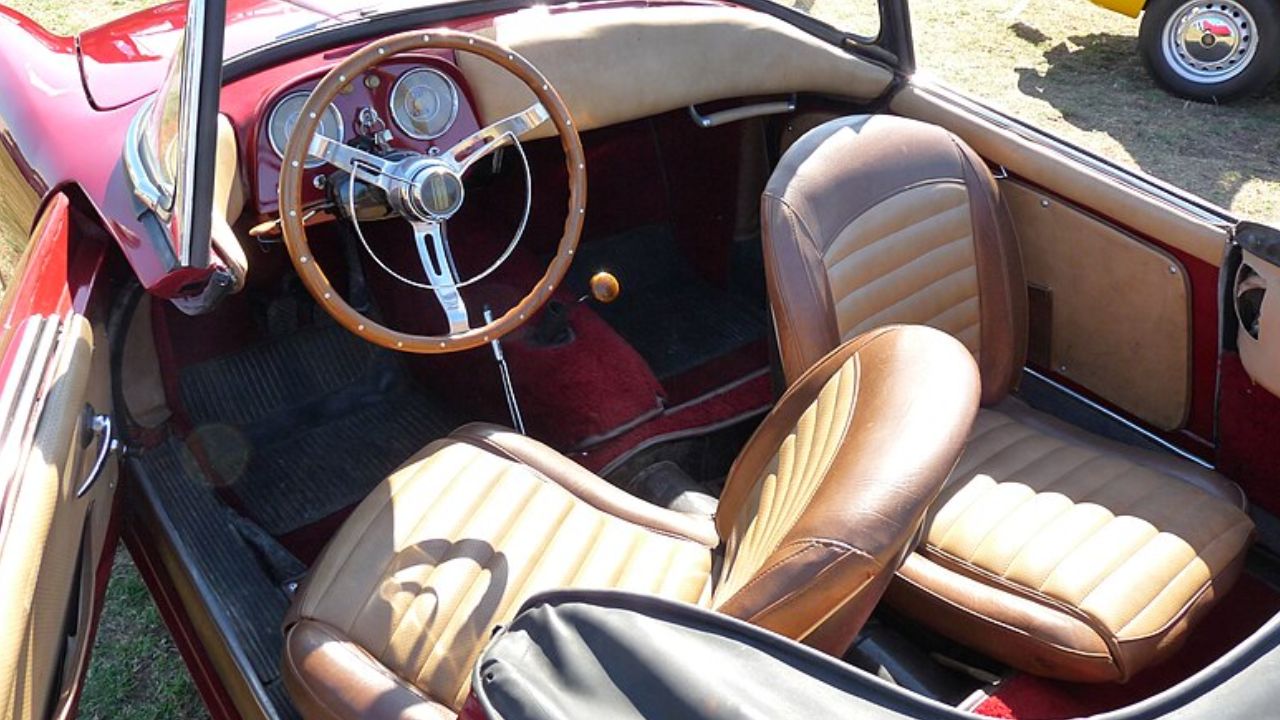

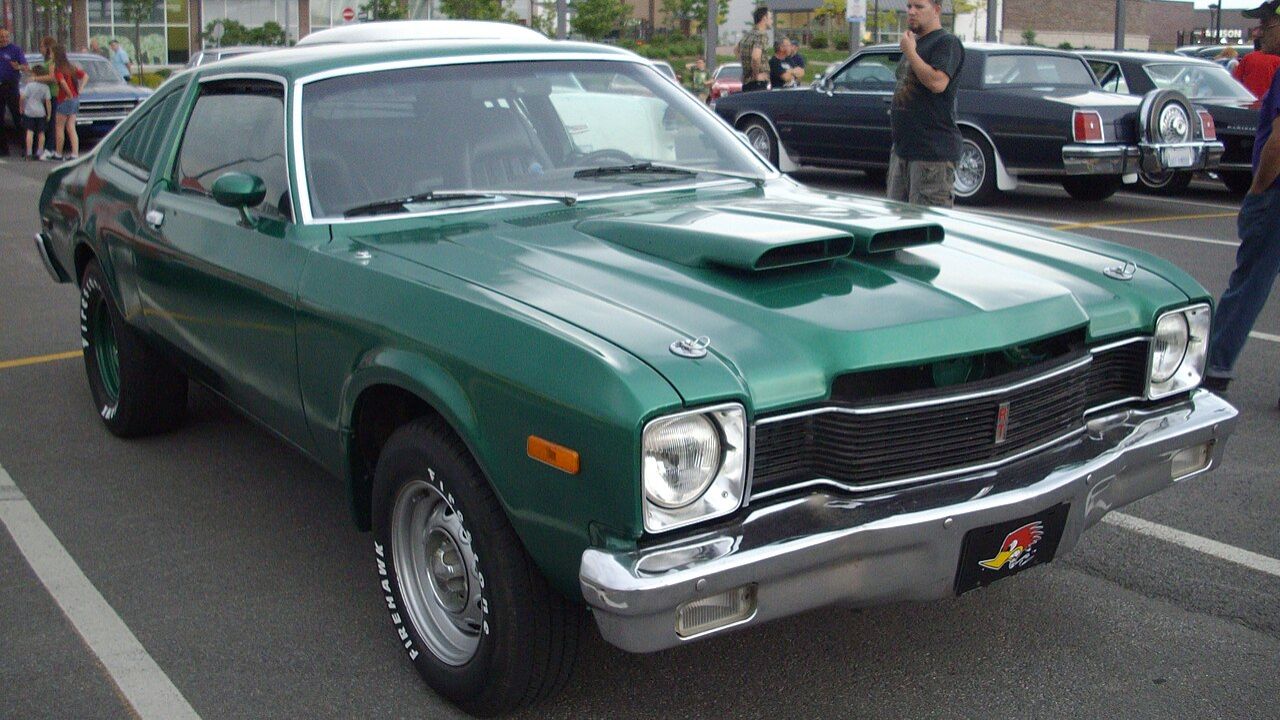
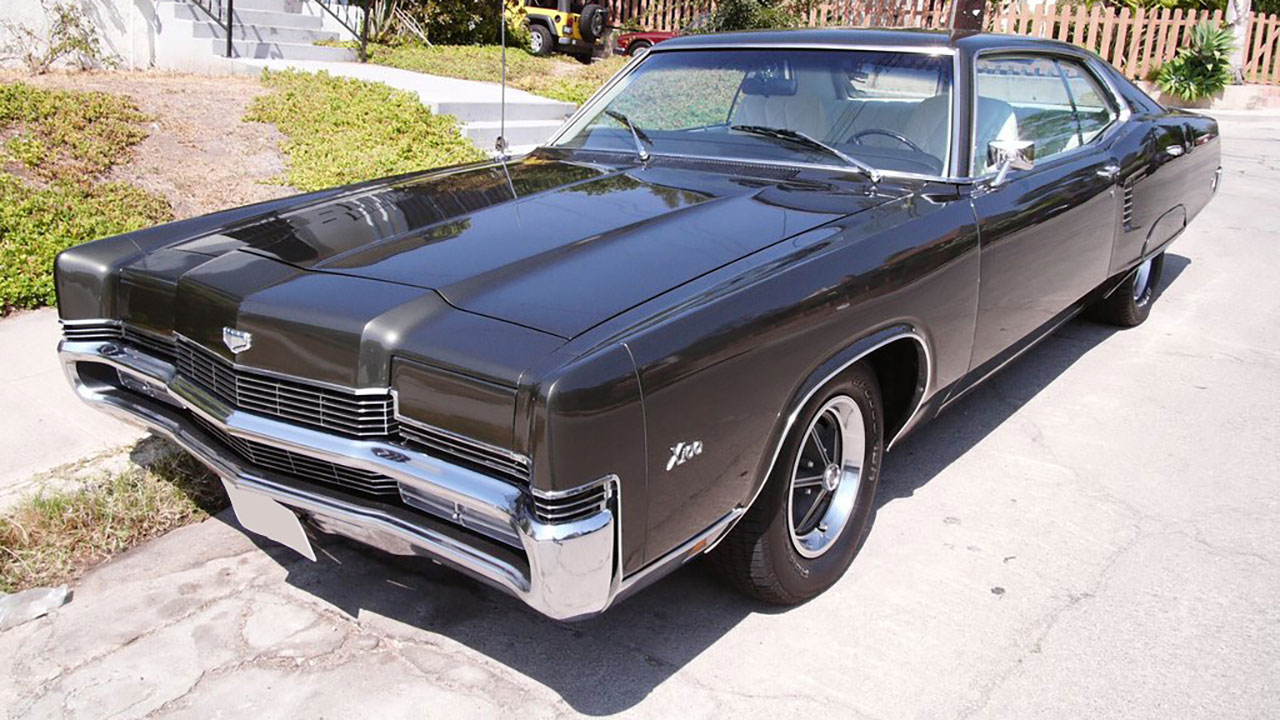
Leave a Reply